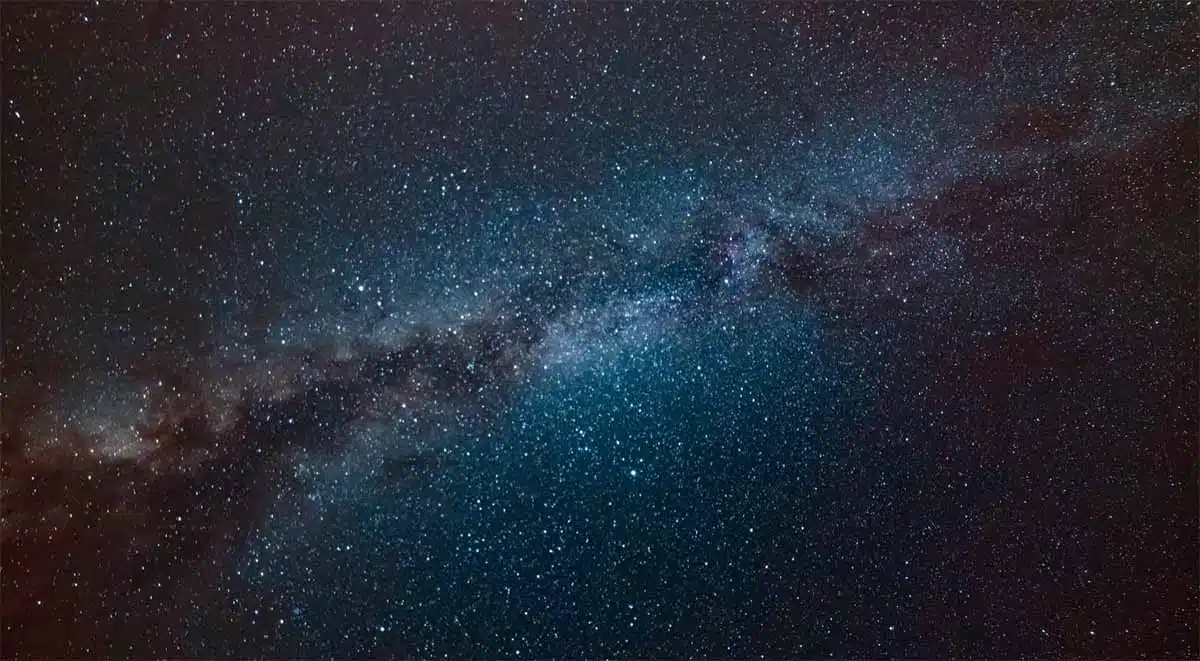Rare and precious 2

Written by Paul Baffier
Blog | Culture and tradition | Reflections on life
In this article, Rare and precious 2, Paul talks about a traditional text of the great Dzogchen master Patrul Rinpoche.

It’s not the mustard, or even the water. For water, indeed, is the support of life; but human life is even rarer.
Yes, it’s human life I want to talk about.
At a time when it is so fragile, when its ecosystem is threatened by its own activity, it is necessary to recall what the fundamental traditions underline: It is rare and precious.
It is rare and precious.
Patrul Rinpoche, a 19th century master, offers us a kind of cosmic experience that allows us to visualize the rarity of human life.
When we consider the respective numbers of the different types of beings, we can measure how hardly possible it is to be born as a human being.
When we consider the respective numbers of the different types of beings, we can measure how hardly possible it is to be born as a human being.
It is taught that if the inhabitants of the hell realms were as numerous as the stars in a night sky, the hungry ghosts would not be more numerous than the stars visible in the daytime; that if there were as many hungry ghosts as there are stars at night, there would only be as many animals as there are stars in the daytime; and that if there were as many animals as there are stars at night, there would only be as many gods and human beings as there are stars in the daytime.*
*I had translated the English version of Padmakara into French, reworked it a little bit based on the Tibetan original (and now this is an English translation based on French). Thanks to them !
Let’s put some numbers:
- At the end of 2022, there are 8 billion human beings on the planet.
- Of the 200 billion stars that make up our galaxy, there are about 10,000 stars “visible to the naked eye” at night (estimates also vary).
- While the stars visible during the day are 4 (Venus, Jupiter, Mars, Sirius).
So if the inhabitants of the underworld were as numerous as the stars in a night sky, they would be 10,000, and the hungry ghosts would be 4.
So the order of magnitude would be 2500 (10 000 divided by 4).
I’ll skip the details of the crazy calculation, but here are the results, roughly:
Out of a total of 125,050,020,008 billion beings, there would be a 0.0000000063939744% chance of being reborn as a human being or as a god. This number belongs to what is called “infinitely unlikely”.

According to tradition, human life is a rare commodity in the cosmos. Let’s take care of it.
Let’s take care of it by discovering its essence, because it is to discover the essence of all life.
